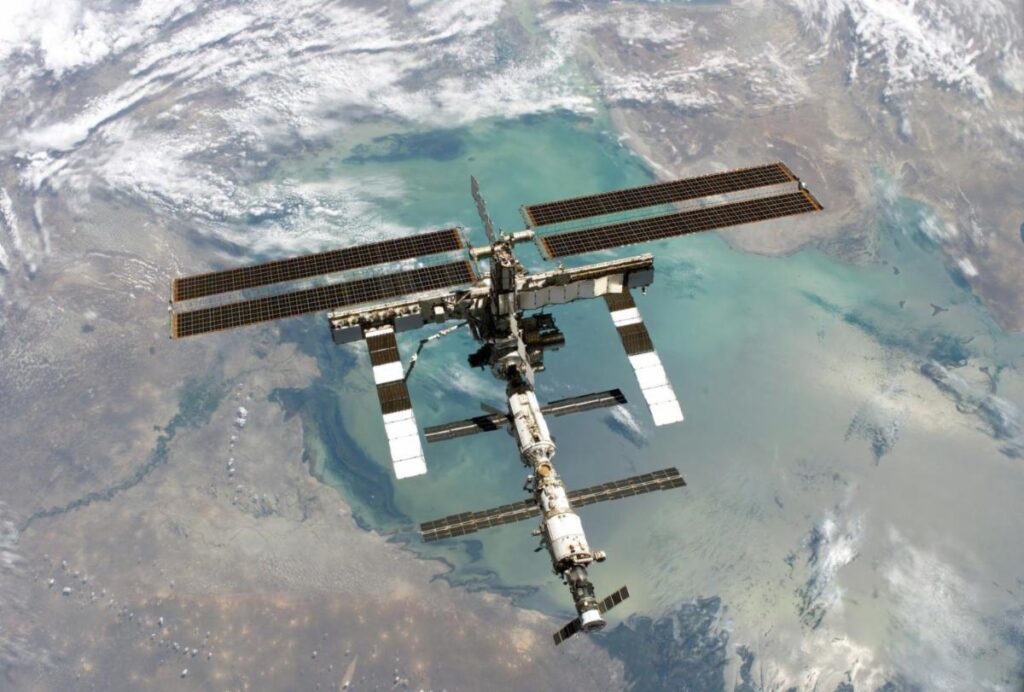International Space Station Set for Final Resting Place in Remote South Pacific Graveyard

The International Space Station (ISS) is slated for a final descent into the depths of the South Pacific Ocean, joining a long lineage of spacecraft in an isolated underwater graveyard known as Point Nemo. This remote spot has served as the ultimate destination for decommissioned space missions since the early 1970s, and it is here that the ISS will eventually meet its end.
Amid discussions surrounding the upcoming SpaceX Crew-9 mission and potential delays that may leave two seats empty—originally intended for the crew of Boeing’s stranded Starliner—the fate of the ISS has been a topic of significant interest. SpaceX, known for its pioneering work in reusable rockets, has opted to jettison the unoccupied trunk of its Dragon spacecraft into this desolate watery abyss post-mission in 2025, after discovering that these parts do not fully disintegrate upon re-entry.
Located about 1,670 miles from the nearest land, Point Nemo offers the ideal conditions for such disposals, minimizing the risk to human life and property from descending space debris. Over the years, numerous agencies including NASA, the European Space Agency (ESA), and the Japan Aerospace Exploration Agency (JAXA) have used this site for safe disposal of space apparatus. The Russian space program has been the most frequent user, having sent remnants of six Salyut stations, hundreds of unmanned Mir resupply craft, and even the Mir space station itself to their aquatic final resting places.
The burial site is not only a practical solution for disposing of space debris but also a potential archaeological goldmine for future generations. Mirroring the intrigue surrounding sunken sailing ships from centuries past, Point Nemo could one day offer valuable insights into the early era of space exploration. According to the BBC, the area’s extreme remoteness from land, combined with natural conditions like low oxygen levels, frigid temperatures, and an absence of sunlight, slows down chemical processes such as rusting, preserving these sunken spacecraft.
In 2030, SpaceX plans to guide the ISS to its watery grave at Point Nemo. Given that substantial fragments of Mir, which weighed 143 tons, survived its deorbit in 2001, it is expected that significant pieces of the ISS—which weighs 495 tons—will also remain intact, lying in wait on the ocean floor. This site, already rich with space history, will continue to expand as humanity’s gateway to the stars transitions into an undersea monument.
